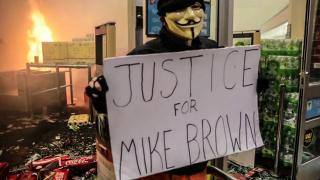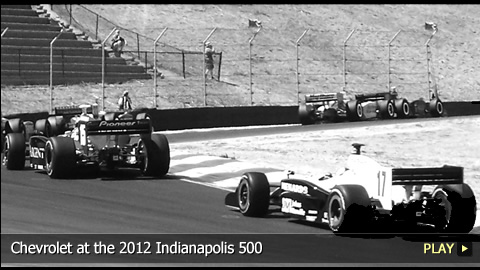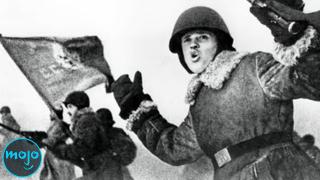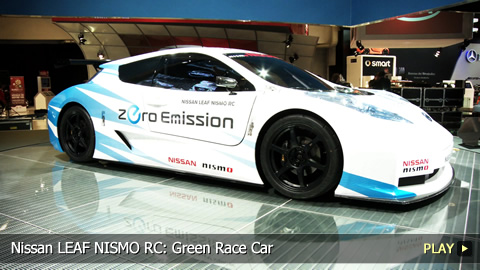The History of the Indianapolis 500 Auto Race
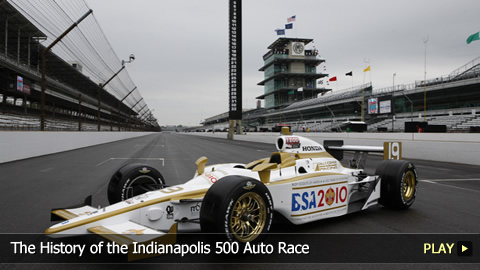
Early Days
Top 10 Early Season RuPaul's Drag Race Queens: Where Are They Now?
The history of the Indy 500 did not start with the first race. It began two years earlier in 1909 with the construction of the Indianapolis Motor Speedway in Speedway, Indiana as a testing space for the local auto industry. Amid an increase in interest in auto racing, founder Carl Fisher suspected people would pay to watch these cars being tested against each other, and the idea of the Indy 500 was born.
The First Indy 500
History of Grand Theft Auto: From the PS1 to Worldwide Phenomenon
Races on this tar and gravel track began attracting huge crowds. However after fatal accidents on the Speedway, it was deemed too dangerous and was paved with brick. That’s why the track was nicknamed “The Brickyard.” Finally, on May 30th, 1911, the first Indianapolis 500 was run with 80 thousand spectators in attendance. It has been held almost every year since, on Memorial Day weekend.
Ray Harroun
Top 10 Worst Race Riots in American History
The winner of the first Indy 500 was American Ray Harroun, and he was awarded a purse of 25 thousand dollars. He and his Marmon Wasp finished with a time of roughly 6 hours and 42 minutes, and ran an average speed of 74.6 miles per hour. His Wasp was fitted with the first rear-view mirror in any motor vehicle.
Kiss the Bricks
Top 20 Actors Who Had Their First Kiss On Screen
By October 1961, the entire track had been paved over with asphalt. As a tribute to the Brickyard nickname, three-foot wide strips of the original brick were left at both the start and finish lines. A tradition was then started by NASCAR champ Dale Jarrett: visitors and drivers now “kiss the bricks” to pay homage to the history of the Speedway.
The Borg-Warner Trophy
Chevrolet at the 2012 Indianapolis 500
In fact, this is one sporting event that’s big on tradition. Since 1936, successful drivers are awarded with the coveted Borg-Warner Trophy in the winner’s circle. Another custom that has been carried on since 1956 is for the winners of the Indy 500 to drink milk in Victory Lane.
Famous Names in the Sport
Top 10 Famous Sieges in History
A number of popular names have participated in these Indy customs throughout the years. These include: Mario Andretti, A.J. Foyt, Al Unser, Juan Pablo Montoya and Helio Castrovenes. However, women haven’t been left out of the fun at Indy: the first woman to compete was Janet Guthrie in 1977, and over the years others have followed suit with Danica Patrick becoming one of the most recognized faces in the sport.
The Track
Nissan LEAF NISMO RC: Green Race Car
Something that has remained relatively unchanged is the track. The Indianapolis Motor Speedway is 2.5 miles long, and features two straightaways each measuring five eighths of a mile long, as well as two shorter straightaways at an eighth of a mile each. There are also four quarter-mile turns that are all banked at nine degrees. Drivers must run the track 200 times to finish the race, and when it was conceived it was planned to last the better part of seven hours. However, today the race is finished well under the three hour mark. With only a few exceptions, there has been a 33-car limit on the race.
The Cars
Top 20 Ugliest Cars of All Time
Since the Indy 500 first started, the cars used have undergone substantial changes. Engine size, authorized speeds and safety features have all been altered. Today’s average speed exceeds 160 miles per hour, while individual lap speeds can top 220 miles per hour. The prize money has grown substantially as well: Winners in the Centennial Era took home well over one million dollars, while Ray Harroun net just over fourteen thousand dollars in the race’s inaugural year.
Today
Top 10 Toys Kids Today Don't Recognize
Today, with a capacity of roughly four hundred thousand spectators, the Indy 500 is one of the world’s best-attended one-day sporting events. As part of the Triple Crown of Motorsport, it is also one of the fastest and most popular races for the most expensive cars in the auto world.




